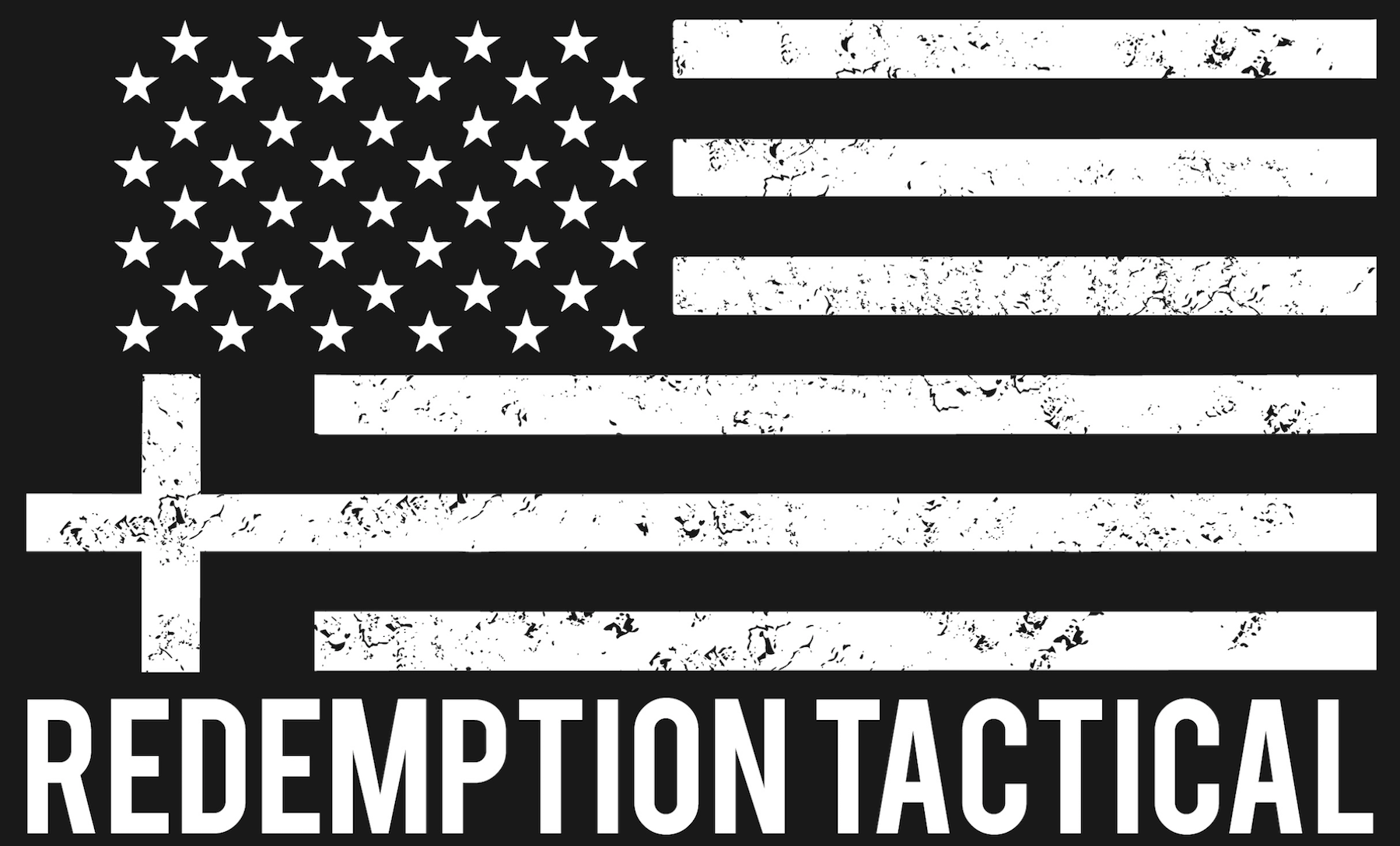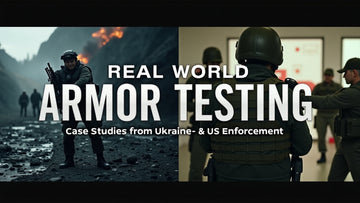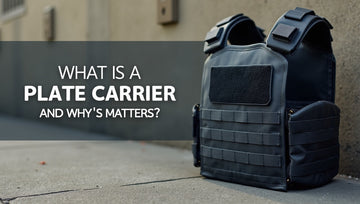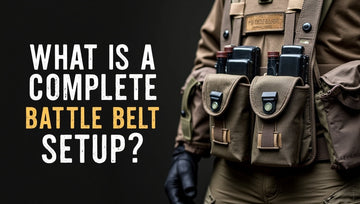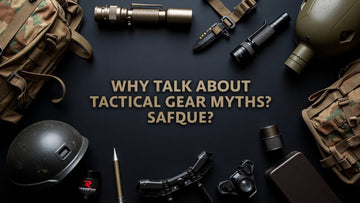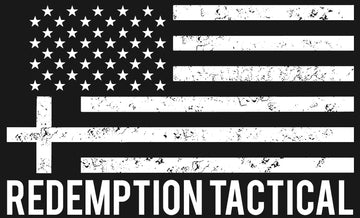When lives are on the line, there’s no room for guessing if your armor will hold up. In places like Ukraine’s battlefields and the streets patrolled by US law enforcement, body armor gets tested in the harshest ways possible—not just in labs, but in real-life danger.
In this guide, we will look into real-world armor testing, powerful stories and case studies that reveal how different gears perform under fire.
Why Real-World Armor Testing Matters?
Most ballistic armor goes through a lab, not a battlefield. But when lives are on the line, paper tests aren’t enough. That’s where real-world armor testing steps in.
In recent years, the war in Ukraine and incidents involving U.S. law enforcement have shown the stark contrast between controlled tests and unpredictable field performance. When bullets come from unexpected angles, or temperatures drop below freezing, materials behave differently than in ideal indoor ranges.
Armor performance is not just about ratings. It’s about what happens after months of wear, impacts from odd angles, and exposure to heat, cold, and sweat. This isn’t just about armor. It’s about trust, survival, and real choices under real threat.
Ukraine Body Armor in Combat
The war in Ukraine has turned soldiers, volunteers, and aid workers into live-case testers for body armor. Armor isn’t just evaluated—it’s survived in. From trench warfare to city raids, every vest, plate, and helmet sees conditions far beyond any lab.
Soldiers have reported 7.62x54R rounds from Russian rifles hitting Level IV plates. One medic recounted a plate carrier stopping a shot to the chest—then failing hours later when hit in the side where soft armor was worn. That story isn’t rare.
Ukrainian units often receive gear from multiple sources. Some helmets arrive from overseas suppliers; others from small domestic workshops. A few batches have been pulled from circulation entirely; faulty stitching, substandard plates, or counterfeit NIJ labels being the cause. In a conflict where resupply is erratic, bad armor still ends up in the field.
Gear is dragged through snow, mud, and diesel-slick trenches. Ballistic panels soak in sweat and freeze overnight. Steel plates rust, then stop bullets anyway. The lesson here is blunt: specs don’t mean survival unless the gear holds up under pressure.
One Ukrainian sniper shared his trust in a specific American-made carrier after surviving multiple close engagements. He wasn’t given that plate. He bought it secondhand. It saved his life.
U.S. Law Enforcement Armor Testing
Law enforcement doesn’t face RPGs or tank shells—but they do face unpredictable gunfire at close range. Most wear soft armor—rated to stop handgun rounds, not rifles. And most rely on NIJ Level IIIA vests, which should stop up to .44 Magnum rounds.
Police departments nationwide have begun re-evaluating their gear, especially after high-profile failures. In Ohio, a SWAT officer’s vest failed against a .357 SIG round. The vest wasn’t defective—it just didn’t cover where the round hit. Fit matters. That vest had seen four summers without replacement.
The NIJ maintains a compliance program. Gear is pulled from production and tested—randomly. But fake armor still makes its way to law enforcement. In one instance, a supplier repackaged uncertified gear with forged labels. The feds shut them down. The fallout lasted months.
Departments now conduct their own limited field testing. This includes blunt force drop tests, side-shot simulations, and repeated high-humidity exposure. Not all armor passes.
Gear vendors now supply not just products but proof—photos of rounds lodged in plates, testimonials from officers saved in the field, and even QR code verification on plates.
Independent Armor Torture Tests
Outside of government labs and battlefields, a third testing ground has emerged: independent testers with cameras and little mercy. Level IIIA soft panels are shot point-blank with 9mm FMJ and then pushed further—hot-loaded .357, steel core 5.56, and even 7.62x39.
Some panels survive the first few hits. One popular video showed a cheap Level III plate cracking on the second round. The shooter wasn’t surprised. The branding looked familiar—it was part of a batch recalled months earlier.
Even well-known brands sometimes show flaws under repeated impact. These tests may not follow NIJ protocol, but they reveal weaknesses that standardized tests fail. Especially when it comes to edge hits or after-heat exposure.
The infamous Zylon cases from the early 2000s still echo here. Those vests passed their lab tests. But in real heat and humidity, the material degraded rapidly leading to armor failures and officer deaths. It's a permanent reminder: trust isn't based on specs alone.
Armor must hold up where it matters—in the dirt, the sweat, the rain, and under impact that’s anything but average.
Combat vs Law Enforcement Comparison
Combat and law enforcement face different threats. In Ukraine, troops often wear full plate carriers with front and back protection and ceramic plates. In the U.S., most patrol officers wear soft armor under their uniform shirts.
The testing process also differs. NIJ standards are comprehensive—but still lab-based. Military plates often go through additional battlefield validation, where performance matters more than paperwork.
What Real-World Testing Teaches Us?
Real-world armor testing isn’t about perfection. It’s about survival. And every failure teaches us something.
First—fit and comfort aren’t optional. An officer who leaves side panels off because “they dig in” might end up exposed when it matters. Soldiers who wear loose carriers risk deflection angle failures.
Second, lifetime and storage matter. Sweat, sunlight, and cold degrade even the best gear. A plate left in a patrol car trunk through summer might pass less testing six months later.
Third, supplier trust is everything. One vendor might promise NIJ-certified plates—but offer no batch records. Another provides serials, impact data, and live demos.
Conclusion
Real-world testing tells the true story of body armor—beyond lab results and technical specs. From the battlegrounds of Ukraine to the streets where US law enforcement serves and protects, these case studies show how the right gear can mean the difference between life and death. As threats evolve, so must our commitment to quality, performance, and protection in the field.
At Redemption Tactical, we’re dedicated to providing armor that’s tested, trusted, and ready for real-world challenges. Equip yourself with gear you can count on when it matters most.
Visit us and shop now!
FAQs (Frequently Asked Questions)
Q1: What’s the difference between NIJ certified and real-world tested armor?
A: NIJ certification follows a controlled testing protocol using specified threats. Real-world testing reflects unpredictable, high-stress environments. Certified armor may pass lab tests but still fail if stored poorly or worn incorrectly.
Q2: How reliable is Ukrainian battlefield armor?
A: Some of it is extremely effective—especially when imported from reputable suppliers. But battlefield feedback shows failures too, often from inconsistent domestic sourcing or poor fit. It's reliable only when the quality and condition are verified.
Q3: How can law enforcement avoid counterfeit armor?
Buy from verified vendors. Demand batch verification, NIJ compliance proof, and check for QR or serial verification. Avoid gear with unclear origins or suspiciously low pricing—it could cost lives.
